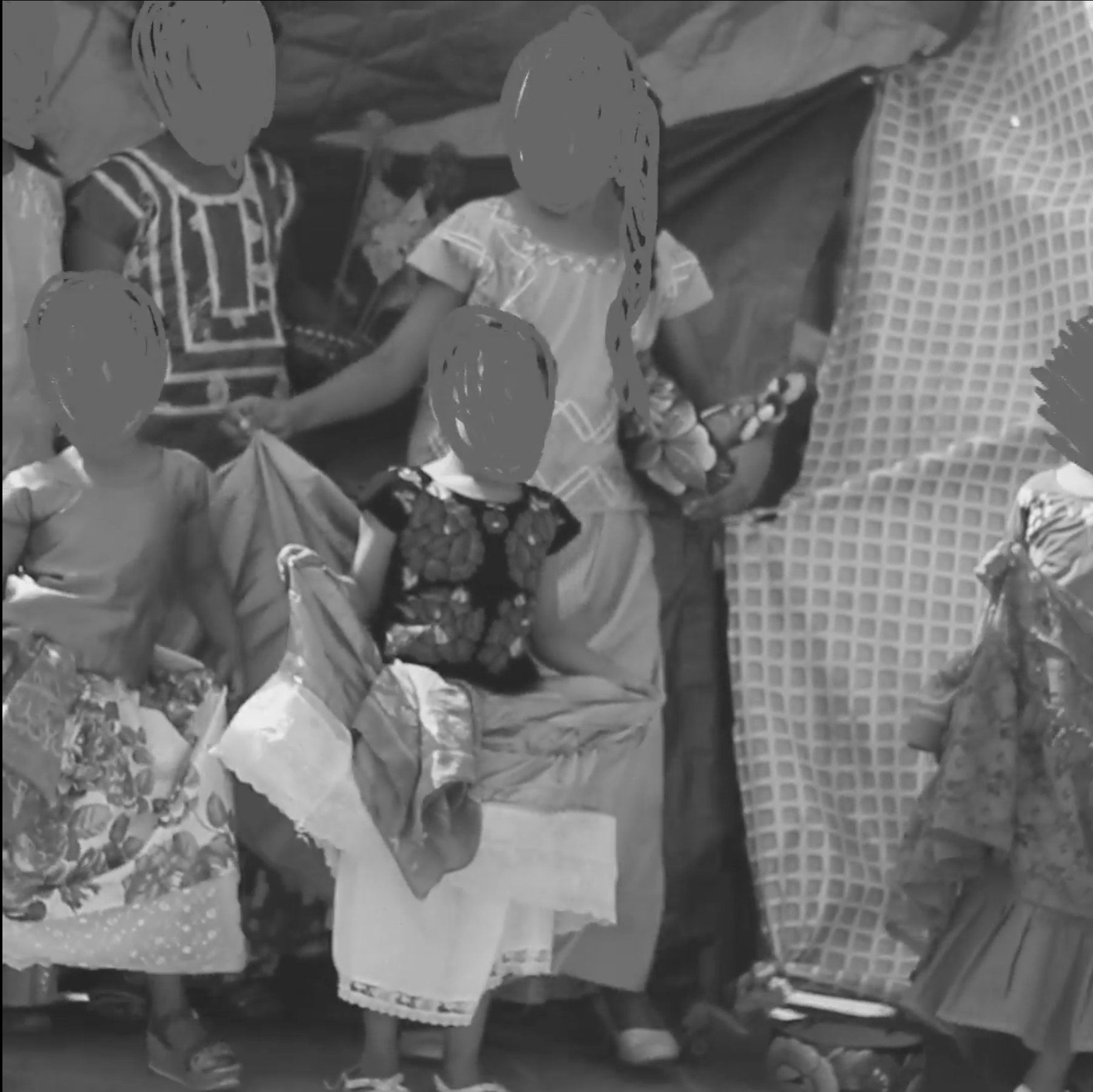Explore Issues
- Arts and Culture
- Decolonizing Thought
- Environmental Justice
- Health
- Languages and Education
- Science
- Social and Gender Justice
- Uncategorized
Filter by Country
-

Ca dxiibi [Fear]
When I was seven years old, an aunt came by my house to tell us about a murder that had taken place in the community. It happened during a rodeo, a community event where men ride large bulls and compete against each other. This activity takes place during the town’s patron saint festivities. In short,…
-

Earth Homes: A Dignified Way of Living on Mother Earth
When he died, his house was abandoned, it fell apart little by little from the rain and the sun, the plants climbed through the windows and the earth with which it was built was reintegrated to its source. In the rural territories of Mexico, the act of building homes with earth is so ancestral that…
-

Yoo ne luguiaa: How Do Binnizá Women Inhabit Spaces?
The diverse ways in which indigenous women inhabit a space, allow us to recognize identity and gender issues and enable us to analyze territorial problems by interweaving the gaze of thousands of people who share the same space. Every place we inhabit ends up being a biographical slice of our life histories, full of traces…
-

What Kind of Binnizá Woman Am I? A Look at Questioning Our Identity
As indigenous women, talking about our identity has become essential to name ourselves through our feelings and concerns. Seemingly, the question of an indigenous woman’s identity is one that has already been resolved and accepted, even in our territories, but to claim that our past identity is the same as our present one, would be…
-

Meet the First Generation of Awasqa Youth Scholars
It is with great joy that we want to introduce the first eight young Awasqa Youth Scholarship recipients! The main objective of the Awasqa Youth Scholarship is to create networks across Latin America and to give visibility to the work of Black and indigenous youth who are leading in the fields of community journalism, communication…
-

To Migrate Is To Resist Colonialism
Source: Originally Published by Revista Amazonas Translated by Awasqa Interview with Amarela Varela Huerta and Soledad Álvarez Velasco This text stems from an interview with Soledad Alvarez Velasco (Ecuadorian) and Amarela Varela Huerta (Mexican) Their words show a common sisterly fabric, an intellectual, feminist, transnational friendship and, above all, their activism for a dignified and…
-

The Subtle Etymology of the Mayan Language
The first rain of the season has just fallen in the community. Five days had passed since they had finished doing the meeyjul Yuum iik‘[1] known as Ch’a’acháak.[2] The farmers could not help but smile as they looked at each other. The women looked as though they were watching someone in their kitchen revealing a…
-

Oaxaca Indigenous Public Schools: Lessons Learned on Community Education
FROM THE EDITORS: This relevant article is part of the Tzam Trece Semillas Zapatistas project, a plural, multicultural space that proposes a dialogue (tzam means dialogue in Ayapaneco) between communities, ideas, projects, dreams of the original Mexican peoples. The project’s goal is to publish the work of 130 collaborators in thirteen months, from May 2021 to May…